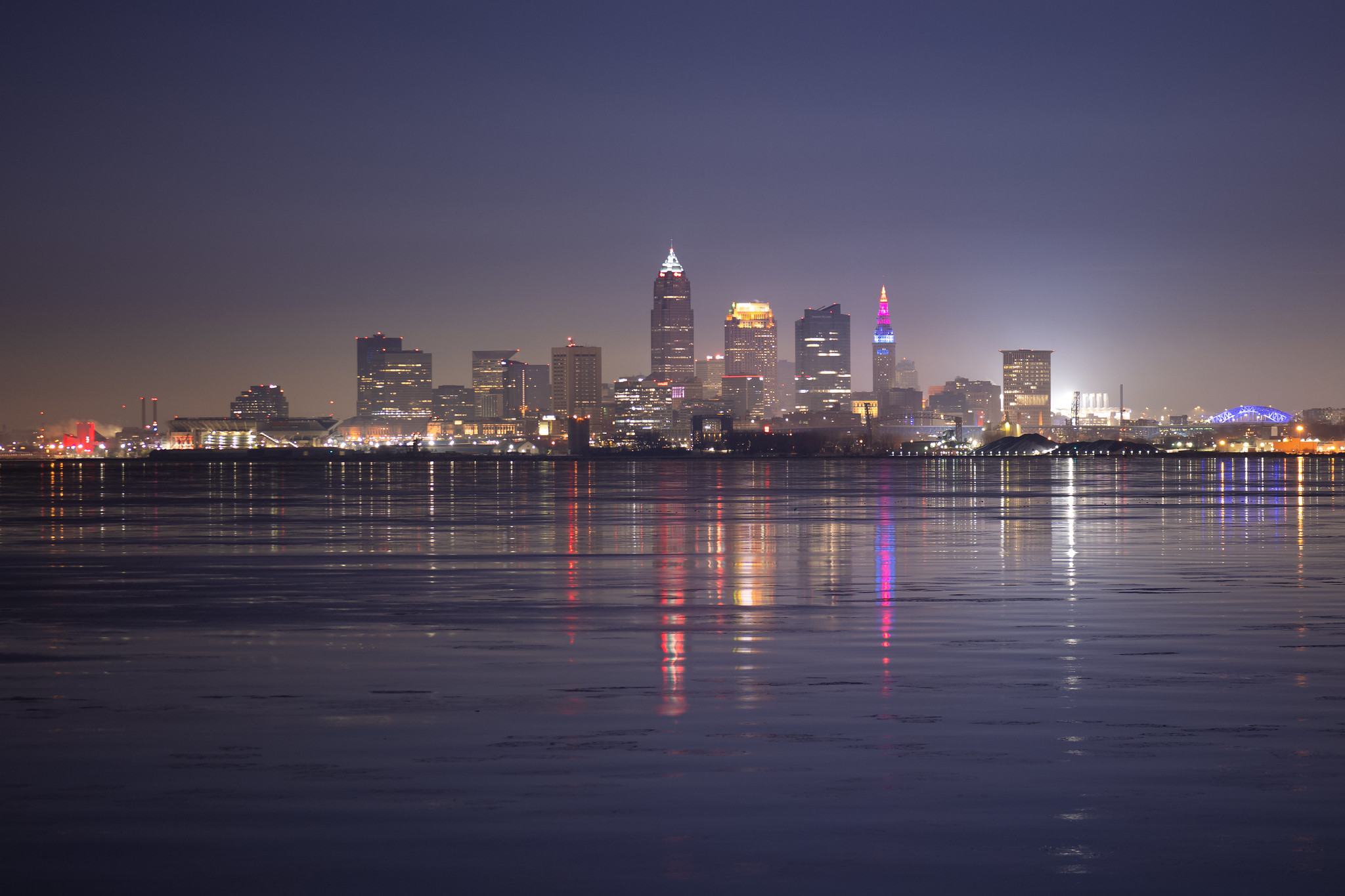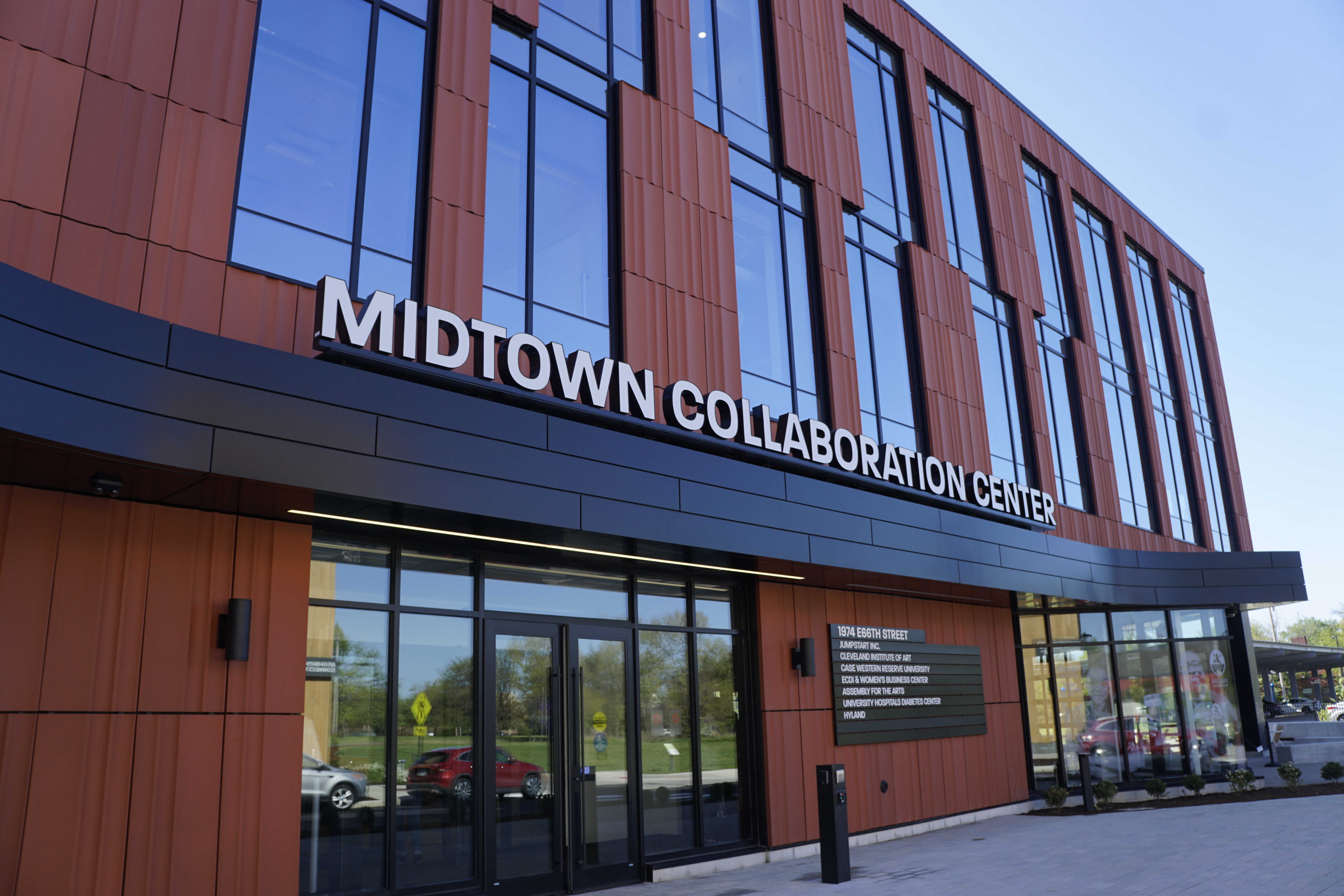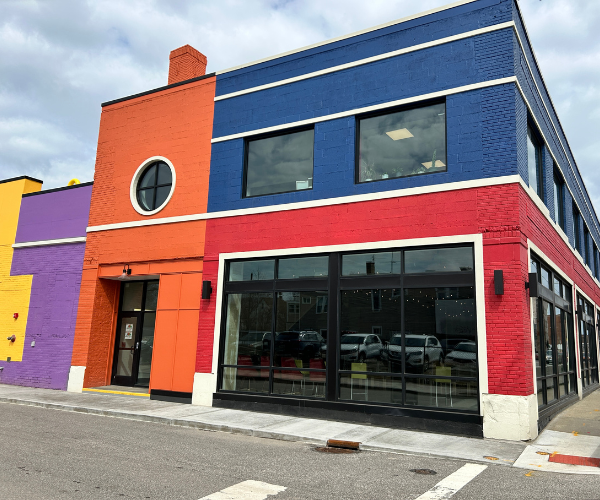When a summer storm rolls through Northeast Ohio, most of us watch the rain vanish into the nearest storm drain without a second thought. For the Rocky River Watershed, that runoff carries a hidden story. In a region where residential expansion and water
resources often intersect, it reveals what happens when rainwater meets pavement.
From understanding how the watershed connects to our communities to recognizing the environmental impacts of urban growth, Meg Hennessey, Rocky River Watershed Coordinator with the Cuyahoga Soil & Water District, reflects on challenges facing the
watershed — and the grassroots efforts and local partnerships working to protect it for generations to come.
Despite challenges, Rocky River has seen major progress, in particular over the last 40 years, Hennessey says. In 1981, about half of the watershed met water quality goals; today it’s nearly 90%. This improvement reflects decades of coordinated
work by municipalities, environmental agencies and residents. “All of those people had to come together and work consistently for decades to have that kind of success story, and we hope that it will continue getting better,” she says.
Exploring the Local Watershed
The Rocky River Watershed spans 294 square miles — from Medina to Lake Erie — encompassing neighborhoods, farms, forests and roads, all funneling rainwater runoff into the river. Everything that enters the storm drains — grass clippings,
yard waste, soap, pesticides, fertilizer, automotive fluids, pet waste, litter and more — travels to our streams, rivers and Lake Erie, Hennessey says.
Changes to Our Backyard
Urban and suburban development are some of the most significant factors impacting water quality and aquatic habitats in the Rocky River Watershed. “Development in riparian areas replaces natural land with impervious surfaces like roads and rooftops,”
Hennessey says.
This speeds up the flow of water runoff, carrying pollutants — gas, oil, pesticides and trash — into streams. Natural areas with trees, deep roots and brush slow water and filter pollutants, Hennessey says, but in urban zones, the water
level rises quickly, has more erosive force and a higher potential to contribute to flooding.
RELATED: As the Great Lakes Become a Data Center Hub, AI’s Water Usage Impact Remains Unknown
Environmental Impacts
Major impairments from development tend to include sediments, nutrients, bacteria and habitat degradation of the aquatic life and wetland ecologies, Hennessey says. Sediment carries a certain amount of nitrogen, phosphorus and other pollutants,
fueling harmful algae blooms in water sources.
“When humans develop an area, there tends to be far more sediment runoff than the stream would naturally have, and that’s when you see brown milkshake-looking streams,” Hennessey says.
The environmental consequences that result can include the loss of terrestrial and aquatic species in the riparian area and the stream itself, followed by a decrease in the value and diversity of the aquatic ecology, Hennessey says.
Get Your Feet Wet
There are many things residents can do in their own homes that limit their environmental impact on the watershed. If you’re looking to go green, utilize these helpful tips. Limit fertilizer use, properly dispose of trash and dog waste, plant
more native plants with deep roots to absorb excess water or build a rain garden to direct your downspout into your garden bed.
“Converting lawn areas to native trees, shrubs, rain gardens, wildflowers or prairie grasses improves soil health, increases rain water infiltration and reduces pollution from lawn runoff,” Hennessey says. “Rain barrels improve
water quality by reducing stormwater runoff and therefore the delivery of pollutants to the storm sewer system.”
For apartment dwellers or those looking to volunteer, Cuyahoga Soil & Water District, in collaboration with the Rocky River Watershed Council and other local organizations, hosts a variety of green events, including workshops and educational
programming.
“No matter what level you want to get engaged in and no matter how much time, whether it's a lot or a little, that you can spare, there’s always something you can do,” Hennessey says. “Every little bit helps.”
For more updates about Cleveland, sign up for our Cleveland Magazine Daily newsletter, delivered to your inbox six times a week.
Cleveland Magazine is also available in print, publishing 12 times a year with immersive features, helpful guides and beautiful photography and design.











